Printing plays a crucial role in marketing and advertising, and if you're a marketer, it's important to understand how print materials can help you reach your target audience effectively. In this blog, we'll explore the benefits of printing for marketing and provide some tips for creating effective print materials.
Print materials are tangible
One of the biggest advantages of printing for marketing is that print materials are tangible. Unlike digital ads, print materials can be held, touched, and even smelled, which can create a more memorable experience for the viewer. A well-designed business card or brochure can leave a lasting impression on a potential customer, making it more likely that they'll remember your brand.
2. Print materials are versatile
Print materials can be used in a variety of ways, from business cards and brochures to flyers and posters. They can be distributed at events, mailed to customers, or left in public spaces for people to pick up. This versatility means that you can use print materials to reach a wide audience and promote your brand in a variety of settings.
3.Print materials are customizable
Print materials can be customized to fit your specific needs. You can choose from a variety of paper stocks, sizes, and finishes to create a unique look and feel that reflects your brand. Additionally, you can personalize print materials with variable data printing, which allows you to print different versions of a document with unique text, images, and graphics for each recipient.
4. Print materials are cost-effective
Printing can be a cost-effective way to promote your brand, especially when compared to other forms of advertising such as television or radio ads. Depending on the type of print materials you choose, printing can be relatively inexpensive and provide a good return on investment.
Tips for creating effective print materials:
Keep it simple: When designing print materials, it's important to keep the design simple and easy to read. Avoid cluttered layouts and use a clear hierarchy to guide the reader's eye through the document. Talk to your printer before you design so you can keep it simple.
Use high-quality images and graphics to make your print materials stand out. Avoid low-resolution images or graphics that appear blurry or pixelated.
Use clear and concise messaging that communicates your brand's value proposition. Avoid jargon or technical language that may be confusing to the reader.
Incorporate a clear call-to-action that encourages the reader to take action, such as visiting your website or making a purchase.
In conclusion, printing is an essential part of any marketing strategy. By creating effective print materials, you can reach your target audience in a tangible and memorable way, while also promoting your brand and driving sales.

